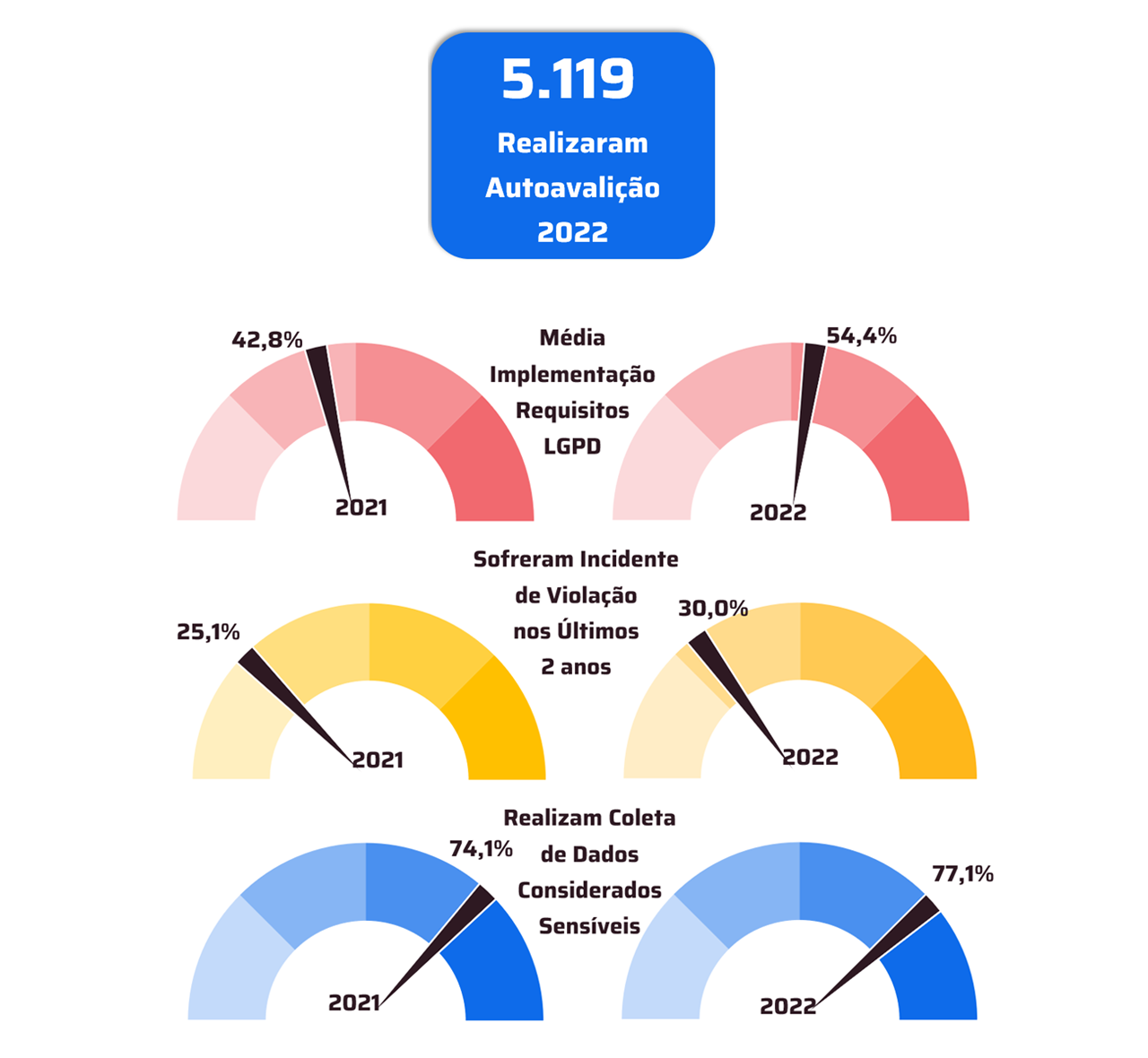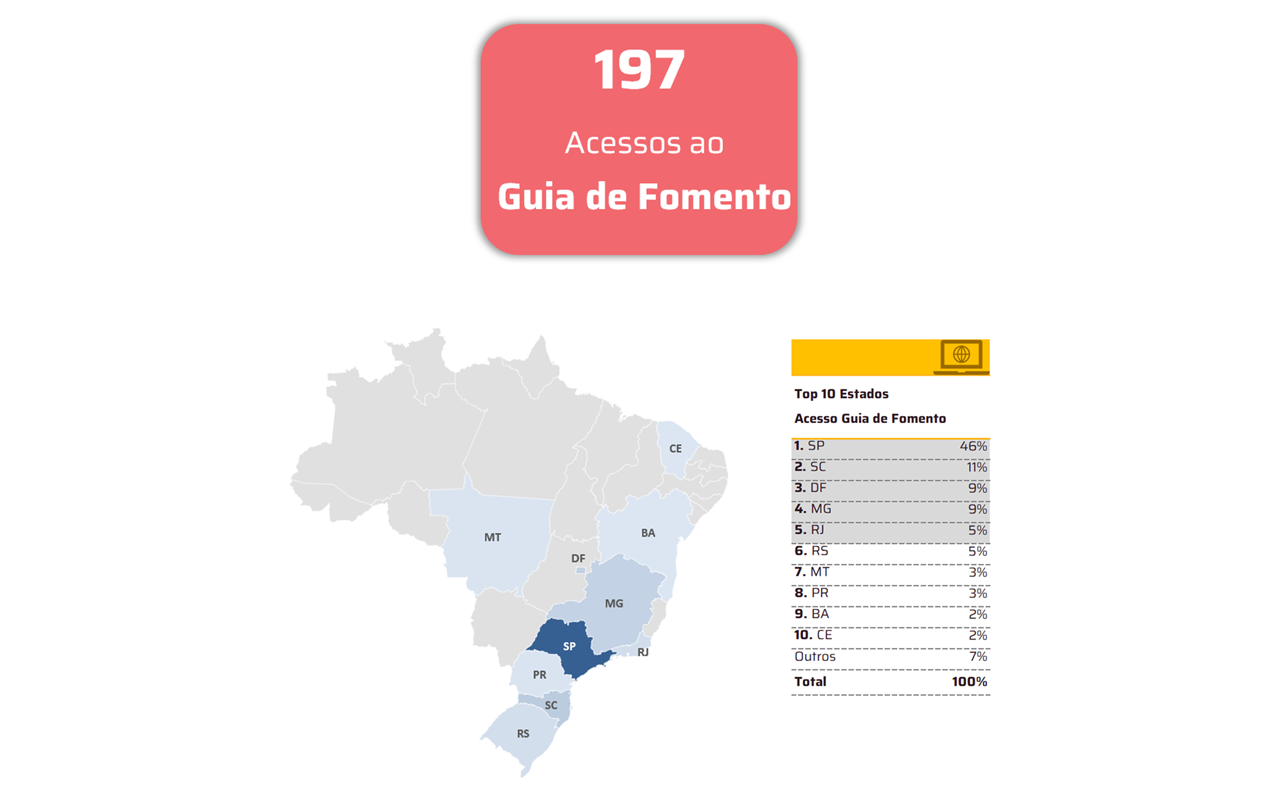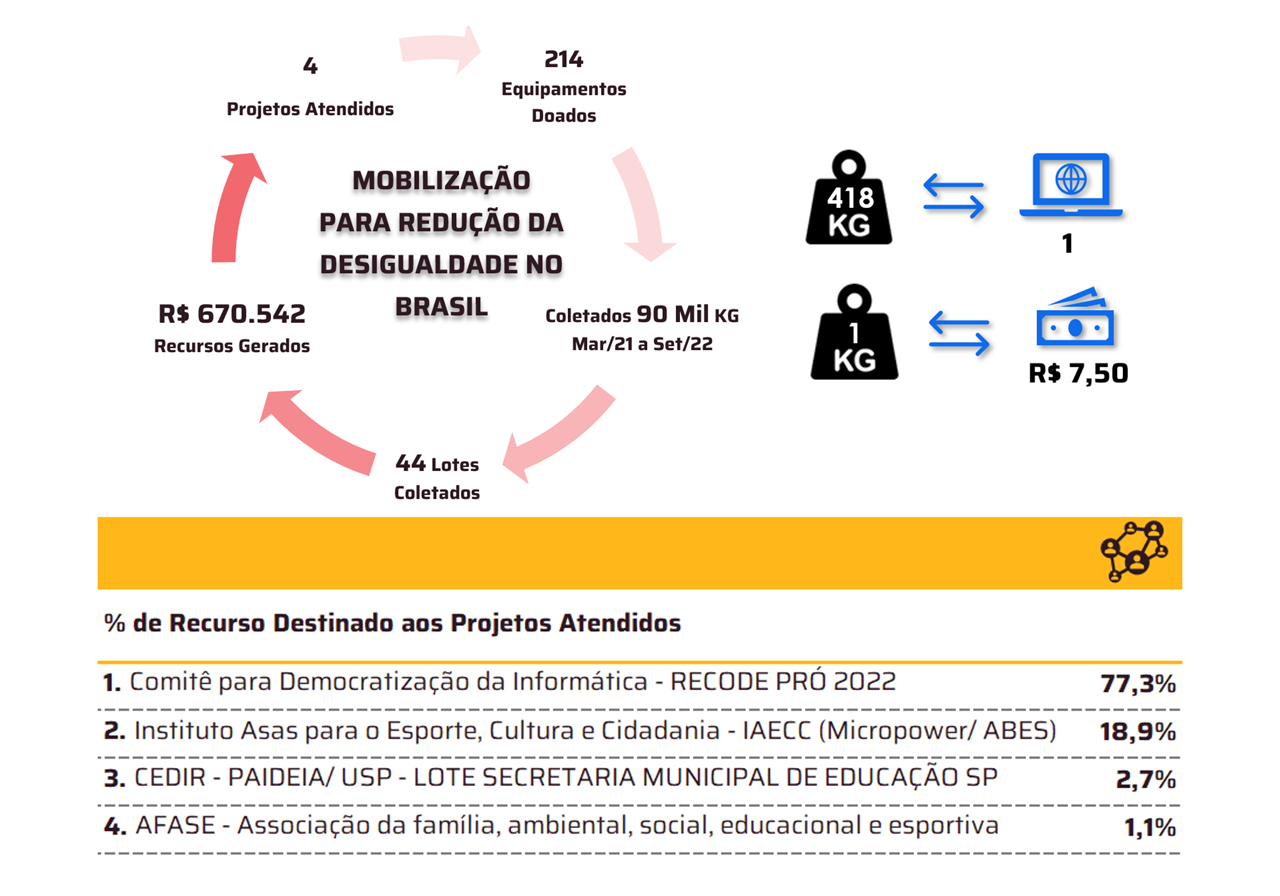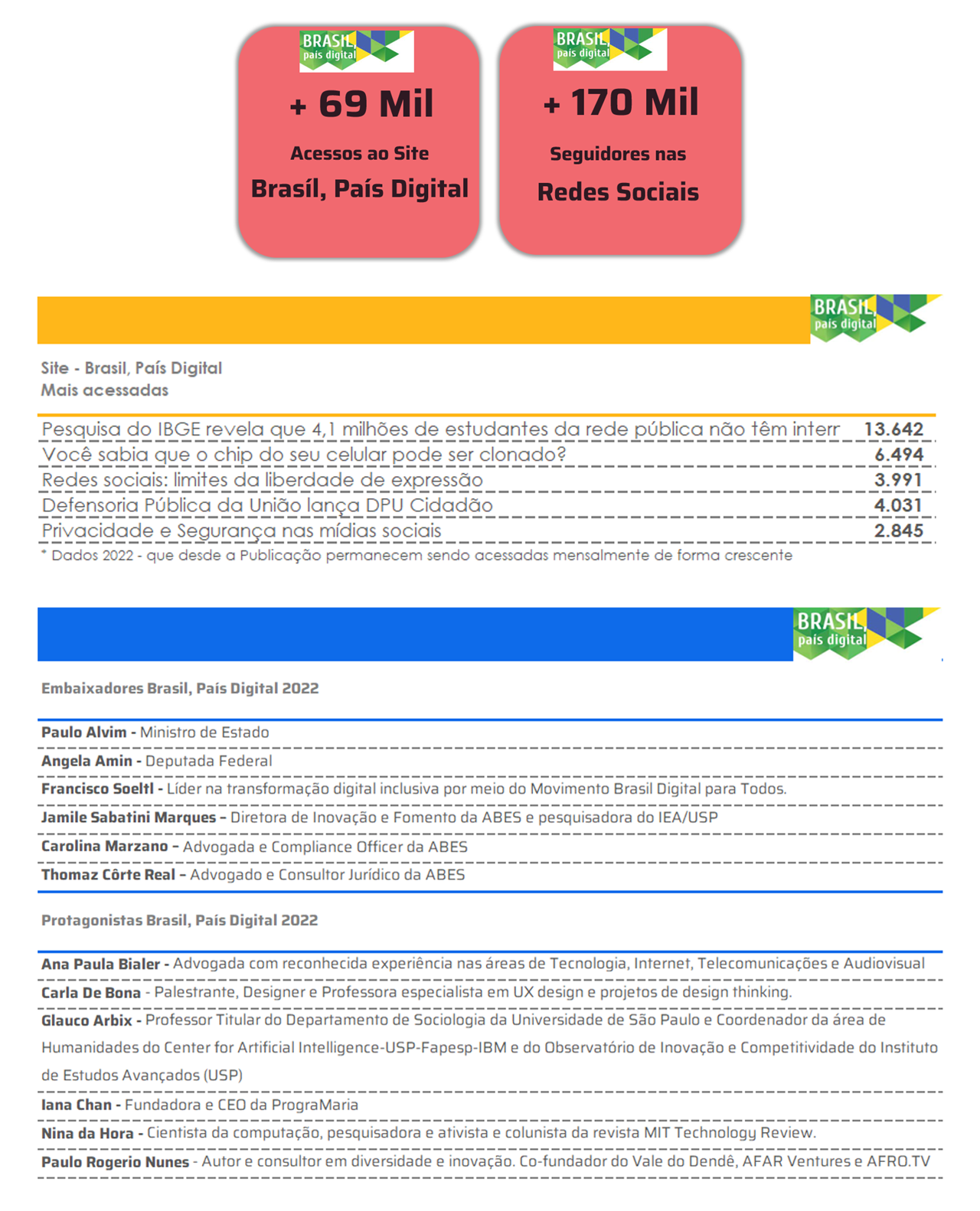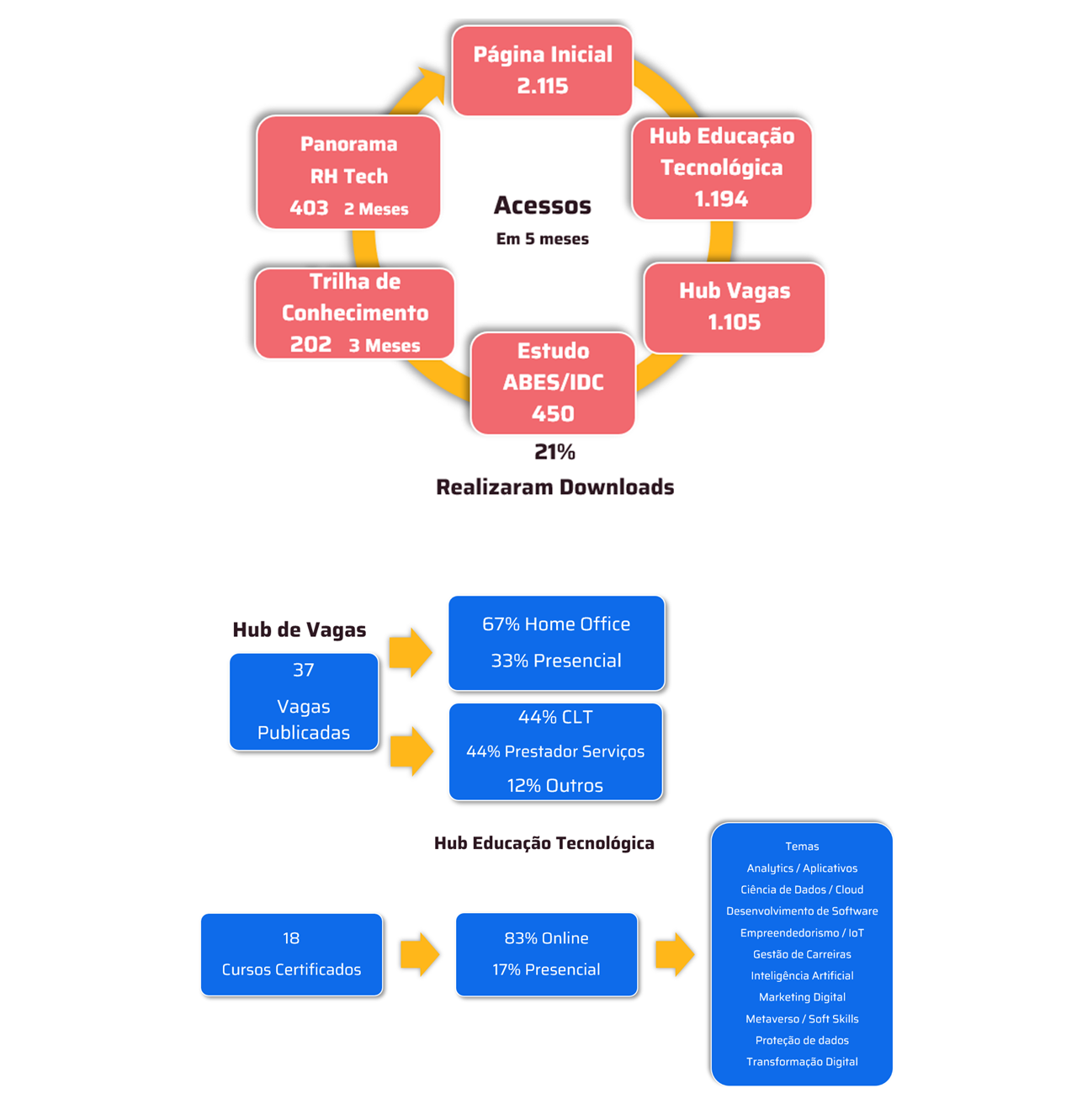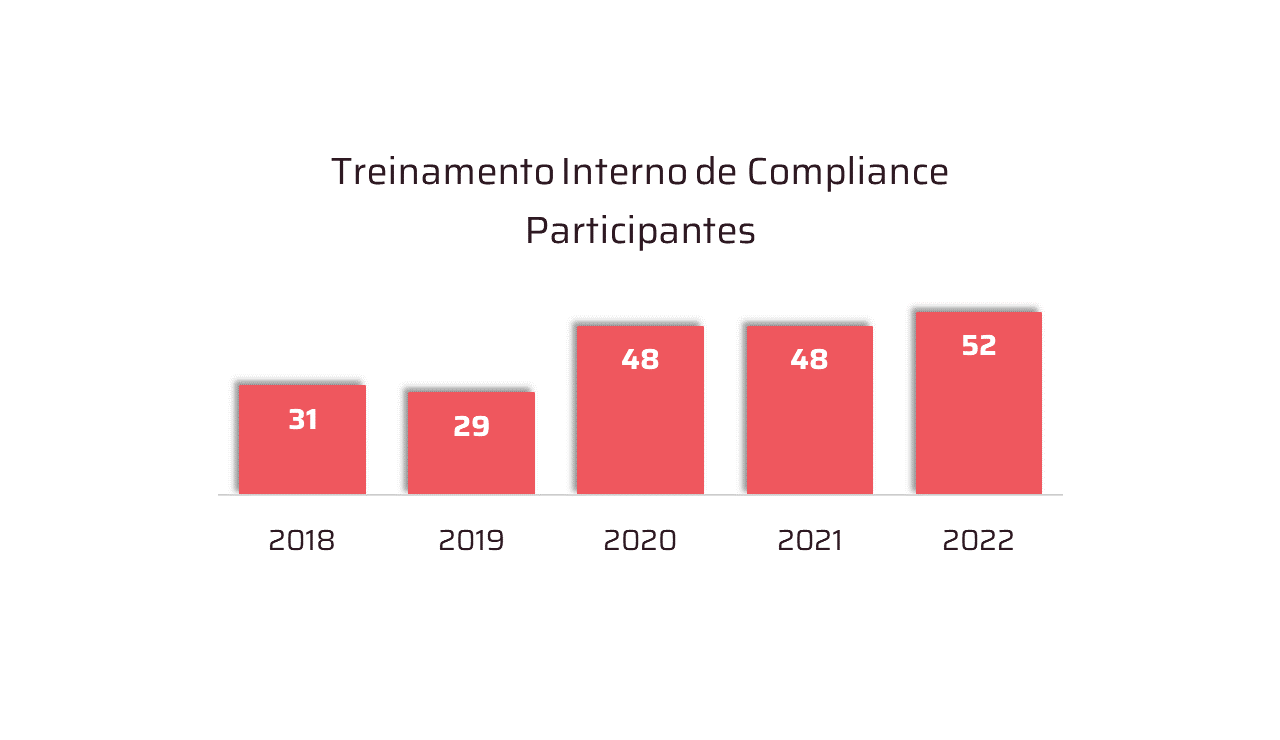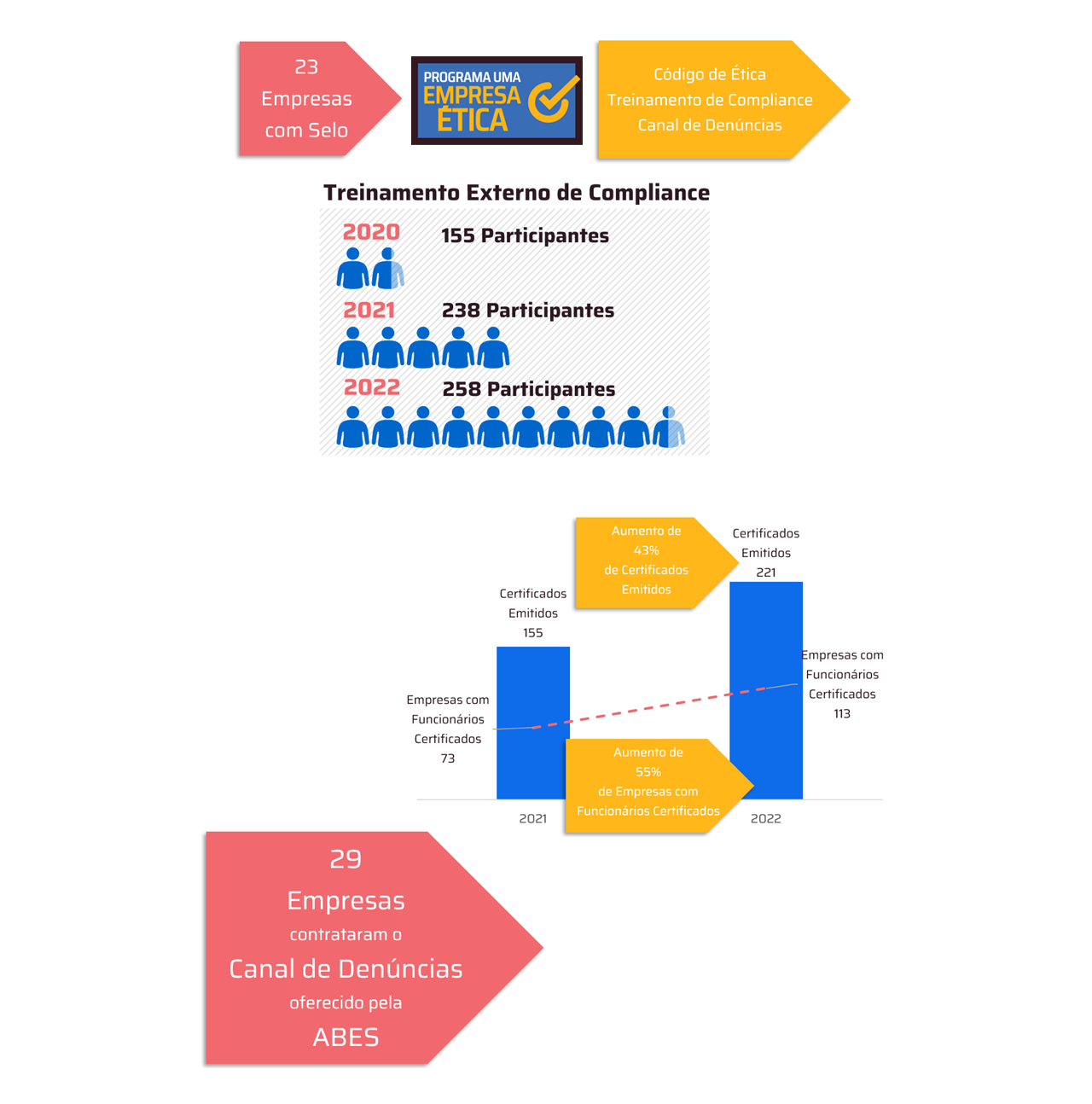 *By Luanna Vargas Shirozono
*By Luanna Vargas Shirozono
We're witnessing a silent and profound transformation in the way banking apps interact with their users. At the heart of this revolution are smart alerts, which have gone from being mere operational notifications to becoming true tools of care. Care for time, security, financial behavior, and, above all, for people.
This new generation of alerts is part of a larger movement: the hyper-personalization of financial services. And therein lies the power of a modern banking app—a digital financial concierge, capable of understanding context, anticipating needs, and acting responsibly and proactively.
In a world where everything becomes more "invisible," from transactions to customer service, the visibility offered by well-structured alerts becomes essential. More than just showing activity, they provide context, meaning, and guidance. The true value lies not in simply notifying that "a purchase was made," but in the ability to determine whether that purchase makes sense, aligns with the user's behavior pattern, whether there is risk, and whether it's time to intervene, and how.
This approach requires technology, but it also requires sensitivity. Data alone is not enough. AI and predictive models become commodities if they are not fueled by deep business knowledge, an integrated customer view, and a strong commitment to experience.
Unification and Intelligence: The Pillars of the New Generation of Alerts
The future of alerts involves unifying the customer view, combining multiple sources and profiles—be they additional accounts, dependents, employees, or family members—into a seamless and intelligent journey. This consolidated view will enable more contextual and relevant alerts that connect with users' real lives.
We're talking about a controlled, secure environment that offers much more trust than social networks, e-commerce, or generic assistants. The banking experience of the future won't be isolated, but rather integrated with a series of other ecosystems, and alerts will be the link that connects, protects, and guides this new digital life.
Hyperpersonalization: From Promise to Survival
With the advancement of generative AI technologies, contextual data, and continuous learning, we have definitively entered the era of financial hyperpersonalization. Each customer can and should have a unique experience. This includes not only products and services, but also how they communicate with the bank, how they receive alerts, how they react to unexpected situations, and how they plan for the future.
In this competitive landscape, where customers switch institutions with just a few clicks, offering an app that "understands you" is no longer a luxury; it's a survival strategy. Personalization is no longer a differentiator; it's become a basic requirement for staying relevant.
Smart alerts aren't just a technological advancement. They reflect a new banking culture, which understands that caring for customers' financial lives involves more than preventing fraud or monitoring balances. It's about supporting decisions, educating, preventing, protecting without hindering, and being helpful without being invasive.
I believe this is the path to a closer, more transparent, and efficient relationship between financial institutions and their customers. A relationship built on data, but also on empathy and purpose. Because in the end, more than transactions, what drives the financial system are people.
Luanna Vargas is a payments intelligence specialist with over 19 years of experience in analytics, data science, fraud prevention, and artificial intelligence. With a degree in Mathematics and Computer Science from USP and a master's degree in Economics from UFSCar, she has worked at companies such as Visa and Will Bank, and was selected as an entrepreneur by Antler. She is currently the co-founder of HeronPay.
Notice: The opinion presented in this article is the responsibility of its author and not of ABES - Brazilian Association of Software Companies





